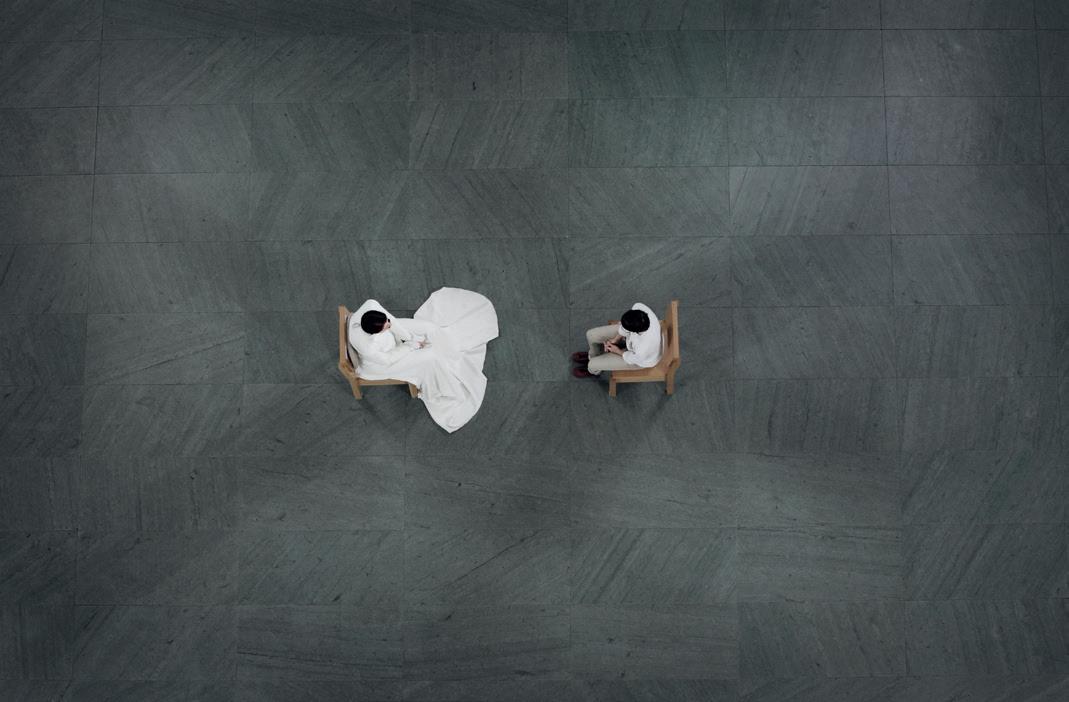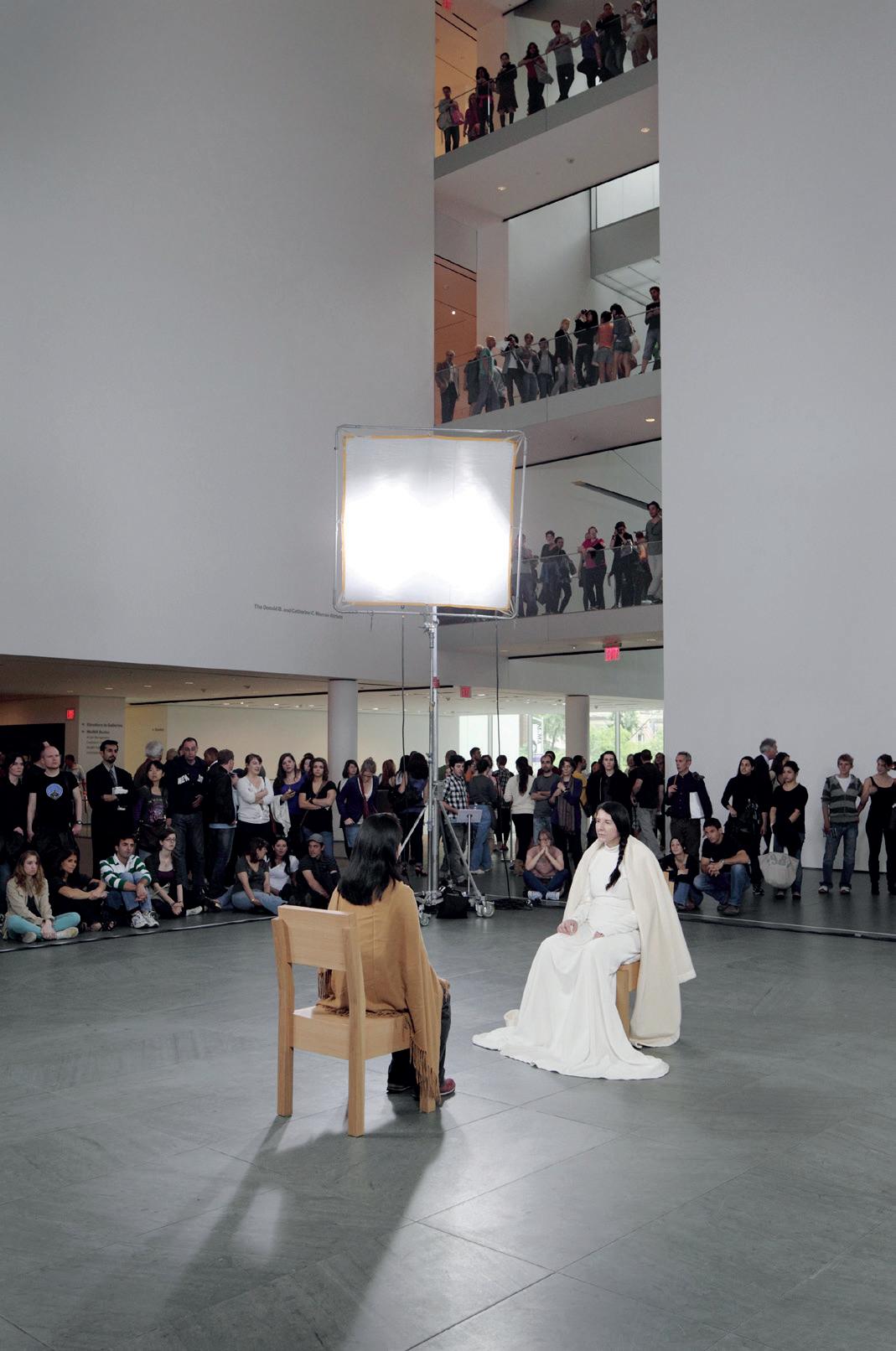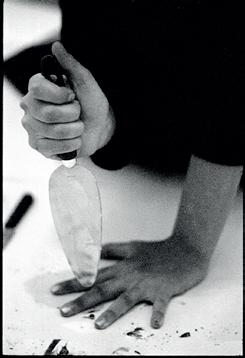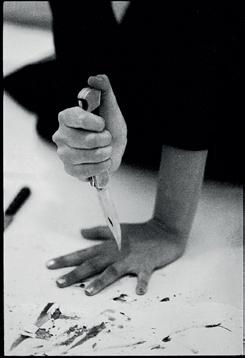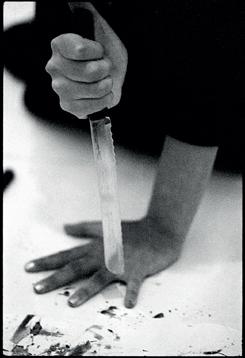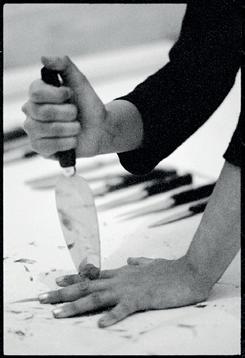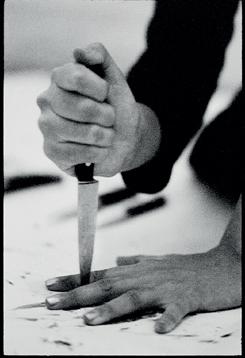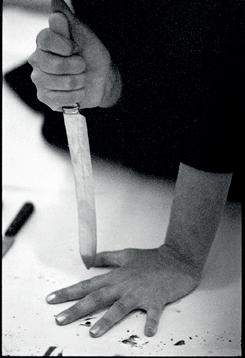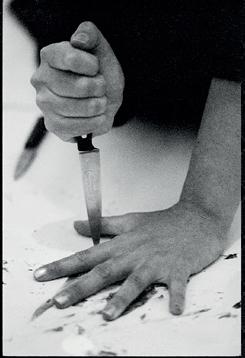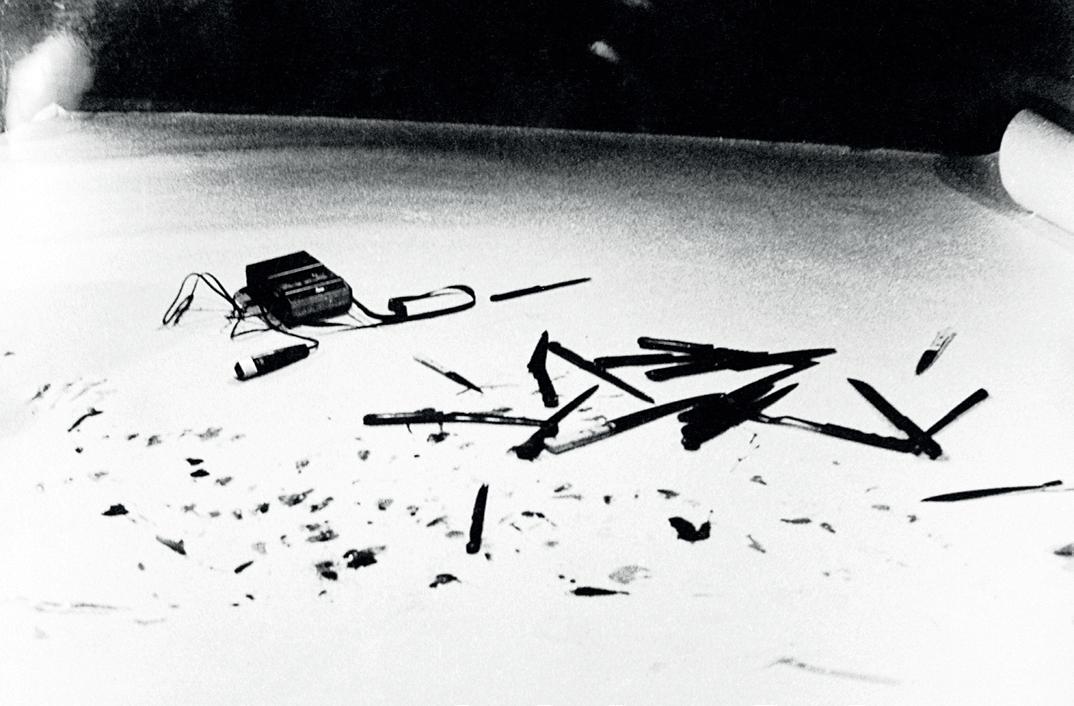
Foreword
Marina and I met at her house in Hudson in August 2015. We wired ourselves up with microphones and spent four days together. Those recordings form the basis of this book. Our conversation advanced through free association, the only goal being, as Marina put it: “From my point of view you’re making a book for me, to clarify my soul. There’s something I’d like to understand better. Explain the links between my work and my life to me. What do I take from my personal life and transform into work, into art? I’d like greater clarity about that.”
We laughed a lot, then things turned serious. It was continually exciting and fruitful for both of us.
We first met in 1998. I saw her exhibition Artist Body Public Body in the Kunsthalle in Berne. Her performances reveal all the fine and subtle relationship structures between people, the hierarchical
distinctions, the mechanisms of the violence that inevitably exists below the surface and generally go unnamed. It occurred to me that she performs the same things that I explore through psychoanalysis. I was very impressed and immediately rang her up. That was the start of our friendship. Our interest in each other’s work gave rise to a deep trust in each other and in our relationship.
This book contains selected extracts from our conversations in Hudson, meshed together with statements by Marina and my comments from our joint process over those four days. Marina said, “I have no idea what course our conversation will take. What interests me is that Jeannette understands more about my mechanism than I do myself. The older I get the more clearly I see my patterns and repetitions: the same situation, different people, the same reaction.”
At the end of each train of thought, I’ve inserted a phrase, the first half of which recurs throughout the book, highlighted in green:
This is what Marina Abramović’s performance is about.
After the colon I make a condensed statement about the unconscious and conscious elements I recognize in her performances. Marina uses all her might to
List of objects on the table:
gun bullet
blue paint
comb
bell whip
lipstick pocket knife
fork
perfume
spoon
cotton flowers
matches
rose candle
water
scarf
mirror
drinking glass
polaroid camera
feather chains
nails
needle
safety pin
hair pin
brush
bandage
red paint
white paint
scissors
pen book
hat
handkerchief
sheet of white paper
kitchen knife
hammer saw
piece of wood
ax
stick
bone of lamb
newspaper
bread
wine
honey
salt
sugar
soap cake
metal pipe
scalpel
metal spear
bell dish
flute
band aid
alcohol medal
coat shoes
chair
leather strings
yarn
wire
sulphur
grapes
olive oil
rosemary branch
apple
I
risked being killed.

Guilt and punishment
If an obvious need, such as wearing one’s own clothes, becomes a matter of life and death, a matter of guilt, then the opposite is equally true. If changing clothes and subjugating herself to her mother’s wishes lead to the death of Marina’s self-determined ego, then her non-subjection would conversely lead to the death of her mother’s ego. This means that Marina’s efforts to be independent and decide on her own life threaten to cause her guilt and harm her mother’s ego. This leaves her no option, as she explains:
ma I can’t deprive others of me it will kill them.
For a psychoanalyst this is a clear reference to a violent mother who is dependent on her daughter’s vitality, needing it the same way a vampire needs blood. At the same time, this daughter is not allowed to escape into independence, not permitted
to elude her mother’s control so as not to deprive the mother of the elixir of her life.
– The dilemma is: Either the mother’s ego dies or Marina’s does.
– The dilemma is: Marina will be guilty as soon as she becomes conscious of her ego.
– The dilemma is: Marina will be guilty as soon as she becomes conscious of her innocence.
Her guilt leaves her no escape. This is because she must deny herself, because she is giving up her own clothing so as not to feel guilty towards her mother. The difference between this and later performances is that Marina stops tempting fate. The potential outcome of a performance will no longer be death. She has given up hope of being granted the right to be herself, along with the right to a loving relationship and recognition. She will carry this absence inside her, and she will try to give it meaning.
I would like to emphasize the fact that Marina had no other choice during her childhood and youth but to get used to violence and her fear of it, and to come to terms with them, not least because she had no one to stand by her side and show her love and goodwill. The love she has experienced is a love that is bound with the pain of inevitable self-dissolution. She has to give without being allowed to want . This love is therefore unworthy of the name. It is toxic Toxic Love 2 .

